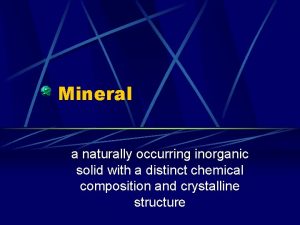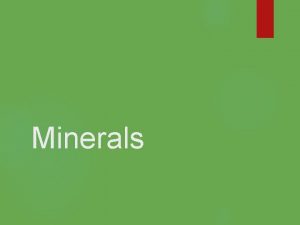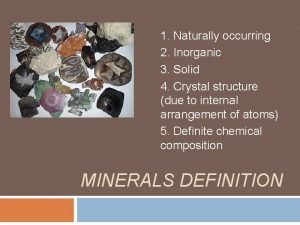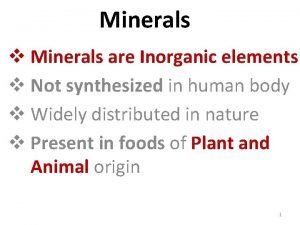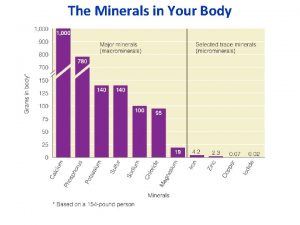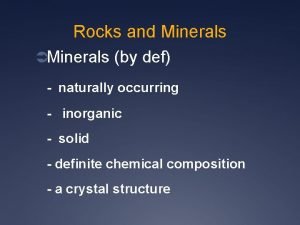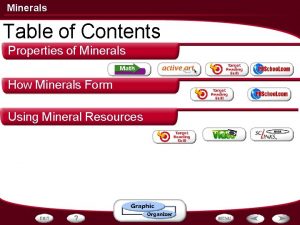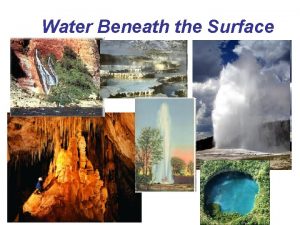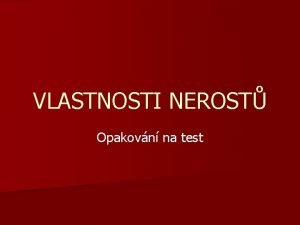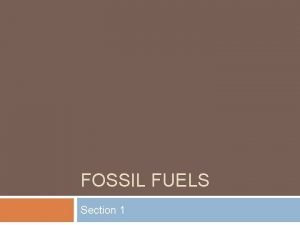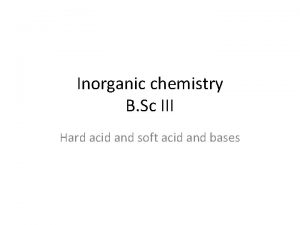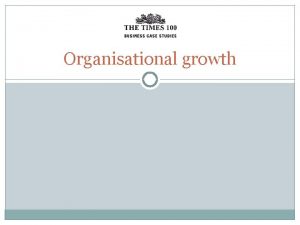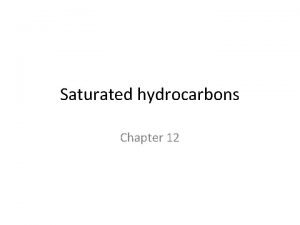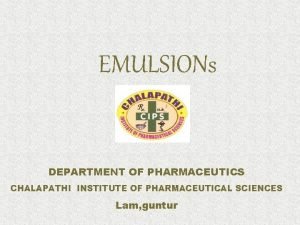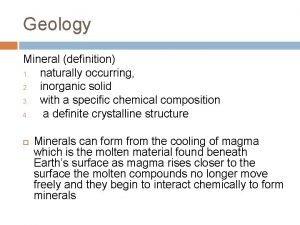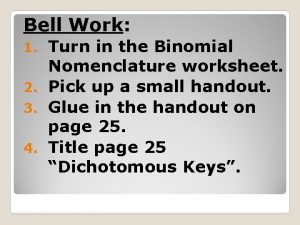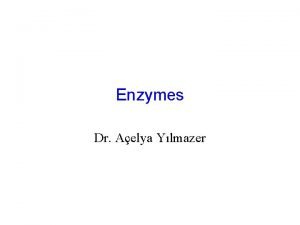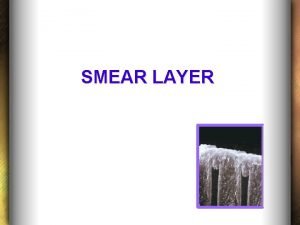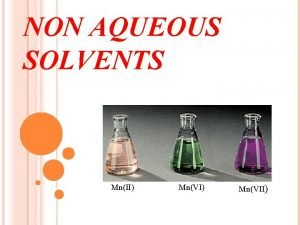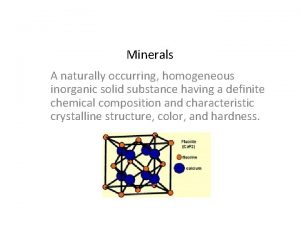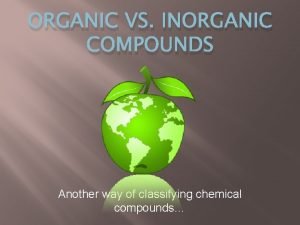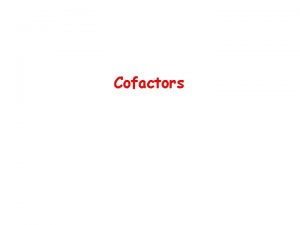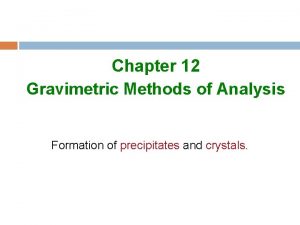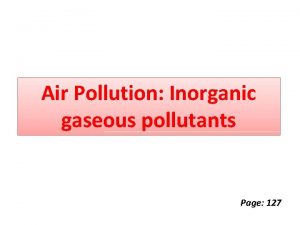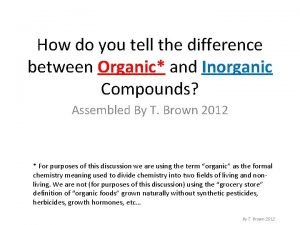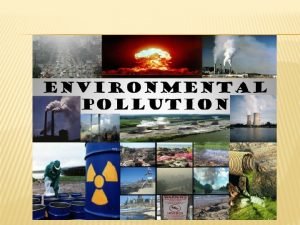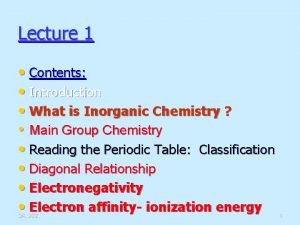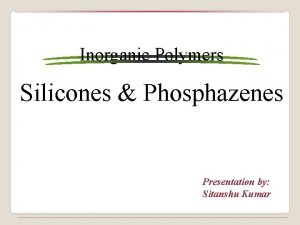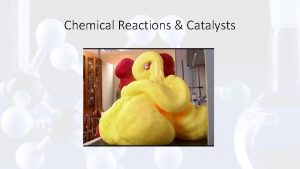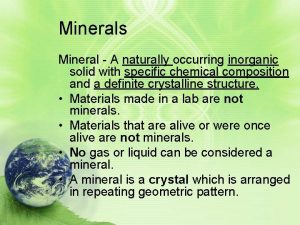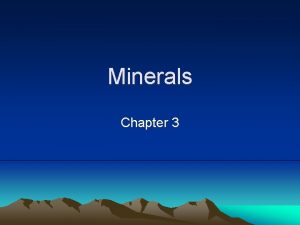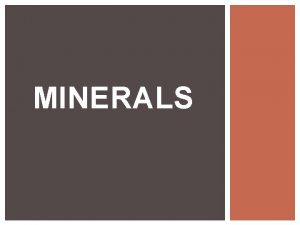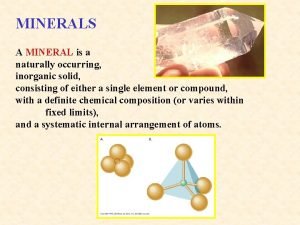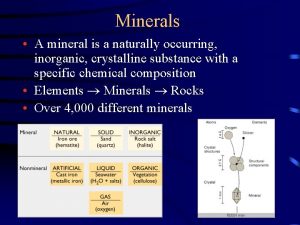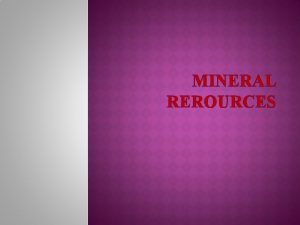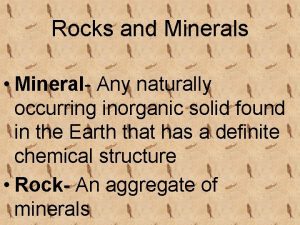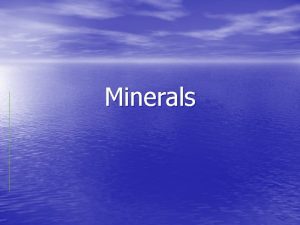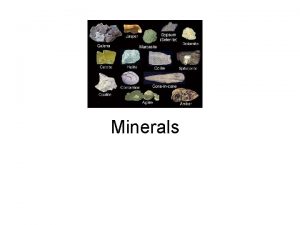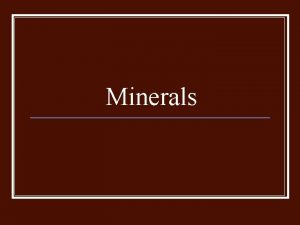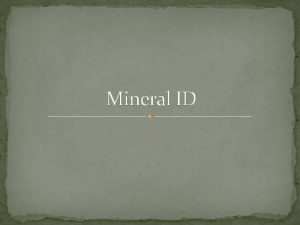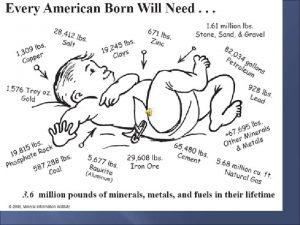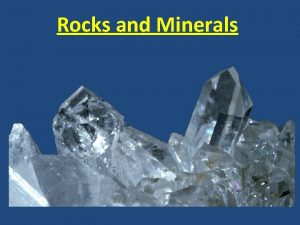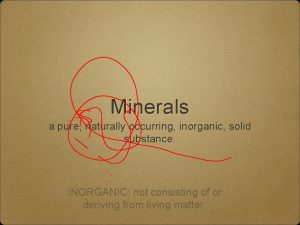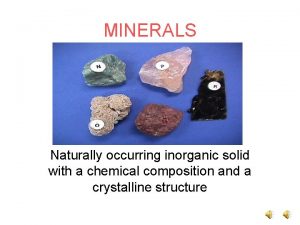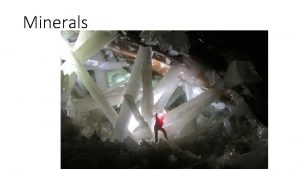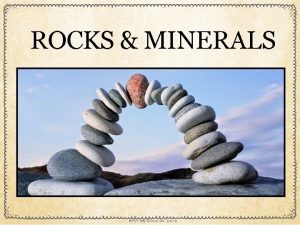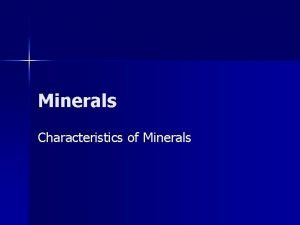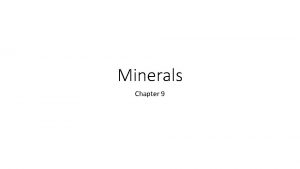Minerals A mineral is Naturally formed Inorganic solid





















































- Slides: 53

Minerals

A mineral is Naturally formed Inorganic solid Crystalline structure Same chemical compound

Elements Are pure substances that cannot be broken down

Each element Is made up of one kind of atom

A compound Is a substance made up of two or more elements that have been joined or bonded together

Crystals Solid, geometric forms of minerals produced by a repeating pattern of atoms throughout the mineral.

Crystal Silver Halite Gold

Types of Minerals 1. Silicate minerals. Contains silicon and oxygen ( two most common elements in Earth’s crust)

Silicate minerals Feldspar-make up about half the earth’s crust Biotite mica- soft and shiny, break easy into sheets Quartz- Si. O 2

2. Nonsilicate minerals Does not contain silicon and oxygen

Native elements 20 minerals Gold, platinum diamond, copper sulfur, silver

Carbonates Combinations of carbon and oxygen Calcite- Ca. CO 3

Halides Elements combine: F, Cl, I, Br forms with Na, K, Ca Fluorite

Oxides Aluminum or iron combines with oxygen

Sulfates Contains sulfur and oxygen SO 4 Gypsum

Sulfides One or more element combines with sulfur Galena Pb. S

Science log What are the four characteristic of a mineral? What three minerals are in a granite rock?

A mineral is Naturally formed Inorganic solid Crystalline structure Same chemical compound

Quartz Mica Granite Feldspar

Moh’s scale 1. talc 2. gypsum 3. calcite 4. fluorite 5. apatite 6. orthoclase 7. quartz 8. topaz 9. corundum 10. diamond

1. Talc

2. Gypsum

3. Calcite

4. Fluorite Comes in white, green and purple

5. Apatite

6. Orthoclase

7. Quartz

8. Topaz

9. Corundum

10 Diamond

Section 2 Identifying Minerals

Identifying Minerals Color- not always reliable Luster-surface reflects light -( shiny) Metallic luster, nonmetallic luster, submetallic luster.

Streak Color of the mineral in a powdered form.

Cleavage Minerals break along flat surfaces.

Fracture Minerals break unevenly along curved or irregular surfaces.

Hardness ( Moh’s Scale)

Density Measure of how much matter there is in a given amount of space.

Special properties Fluorescence Chemical reaction Optical properties Taste Magnetism Radioactivity- Geiger Counter

Science Log With your partner, finish page 343. You do not have to do #5 Start as soon as you come into class

Science Log List the ten minerals from least to most hardest in the Moh’s Scale. List the 7 ways to identify minerals. List the 6 special properties of minerals.

Science Log Jan 17, 08 Use your memory to put the minerals on the board in order of the Moh’s scale from 1 -10. Do not look at book or notes!!!! Use a new page in science log!!

Moh’s scale 1. talc 2. gypsum 3. calcite 4. fluorite 5. apatite 6. orthoclase 7. quartz 8. topaz 9. corumdum 10. diamond

Name 7 ways to Identifying minerals Color Luster Streak Cleavage Fracture Hardness Density

Name 6 Special properties of minerals. Fluorescence Radioactivity Chemical reaction Optical properties Magnetism Taste

Section 3 Formation and mining of minerals.

Formation and mining Evaporation and Saltwater(gypsum and halite Limestone-Surface water and groundwater ( calcite and dolomite

Hot water solutions( gold, copper, sulfur, pyrite and galena Pegmatites- hot magma forms tear drop shape forming large crystals ( topaz, tourmaline)

Plutons- magma cools slowly forming millions of crystals. ( Mica, feldspar, magnetite, quartz

Metamorphic rockpressure and temperature, minerals form in rock. ( calcite, garnet, hematite and talc

Mining ore Mineral deposits large enough to mine Surface mining and deep mines

Reclamation Returning land to its original state after mining is complete.

Science Log 1 -18 -2008 Name five minerals that you have learned about.

Moh’s scale 1. talc 2. gypsum 3. calcite 4. fluorite 5. apatite 6. orthoclase 7. quartz 8. topaz 9. corumdum 10. diamond
 Naturally occurring inorganic solid
Naturally occurring inorganic solid A narrow channel or slab of a mineral
A narrow channel or slab of a mineral Inorganic mineral definition
Inorganic mineral definition Iron deficiency anemia smear
Iron deficiency anemia smear Enzim
Enzim Naturally occurring mineral
Naturally occurring mineral The uses of minerals
The uses of minerals What is the zone of saturation
What is the zone of saturation Nejměkčí nerost
Nejměkčí nerost Coal is a solid fossil fuel formed from plant remains
Coal is a solid fossil fuel formed from plant remains Example of evaporation separation
Example of evaporation separation Solution example
Solution example Anisotropic meaning in chemistry
Anisotropic meaning in chemistry Covalent molecular and covalent network
Covalent molecular and covalent network When a solid completely penetrates another solid
When a solid completely penetrates another solid Example of crystalline solid
Example of crystalline solid Interpenetration of surfaces
Interpenetration of surfaces Crystalline solid and amorphous solid
Crystalline solid and amorphous solid Crystalline solid and amorphous solid
Crystalline solid and amorphous solid Crystal solid and amorphous solid
Crystal solid and amorphous solid Fazan rule
Fazan rule Inorganic iron
Inorganic iron Inorganic growth disadvantages
Inorganic growth disadvantages Saturated hydrocarbon
Saturated hydrocarbon Emulsifying agents examples in pharmacy
Emulsifying agents examples in pharmacy Inorganic pesticides pros and cons
Inorganic pesticides pros and cons Importance of inorganic chemistry in pharmacy
Importance of inorganic chemistry in pharmacy Inorganic nomenclature flow chart
Inorganic nomenclature flow chart Occlusion and mixed-crystal formation
Occlusion and mixed-crystal formation Inorganic definition geology
Inorganic definition geology Binomial nomenclature worksheet
Binomial nomenclature worksheet Organic vs inorganic compounds
Organic vs inorganic compounds Organic and inorganic cofactors
Organic and inorganic cofactors What is enzyme
What is enzyme Thickness of smear layer
Thickness of smear layer Mnvii
Mnvii Homogeneous minerals
Homogeneous minerals Organic vs inorganic compounds
Organic vs inorganic compounds Organic and inorganic cofactors
Organic and inorganic cofactors Inorganic vs organic chemistry
Inorganic vs organic chemistry Organic vs inorganic
Organic vs inorganic Organic and inorganic nutrients
Organic and inorganic nutrients Inorganic precipitating agents
Inorganic precipitating agents Inorganic gaseous pollutants of air
Inorganic gaseous pollutants of air Organic vs inorganic compounds
Organic vs inorganic compounds Organic molecules vs inorganic molecules
Organic molecules vs inorganic molecules Air pollution class 9
Air pollution class 9 Organic and inorganic compounds experiment
Organic and inorganic compounds experiment Inorganic nomenclature
Inorganic nomenclature Introduction to inorganic chemistry
Introduction to inorganic chemistry Nature of bonding in phosphazenes
Nature of bonding in phosphazenes Inorganic content of calculus
Inorganic content of calculus Inorganic catalyst vs enzyme
Inorganic catalyst vs enzyme Neon organic or inorganic
Neon organic or inorganic
